In a world medical first, a 57-year-old patient with terminal heart disease received a successful transplant of a genetically-modified pig heart and is still doing well four days later.
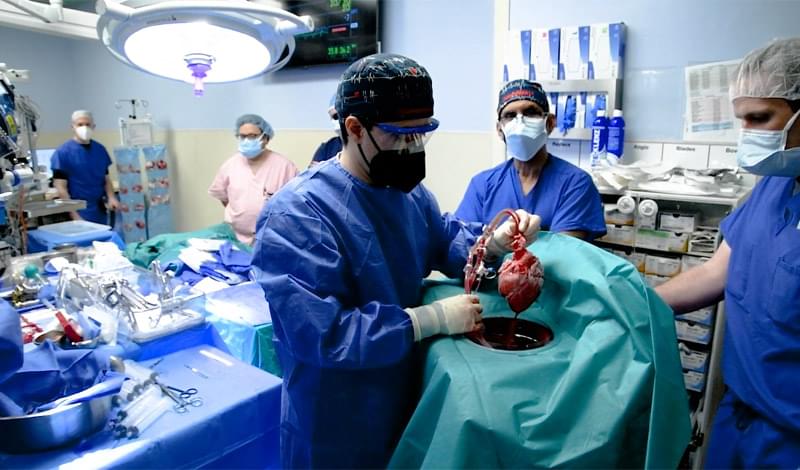

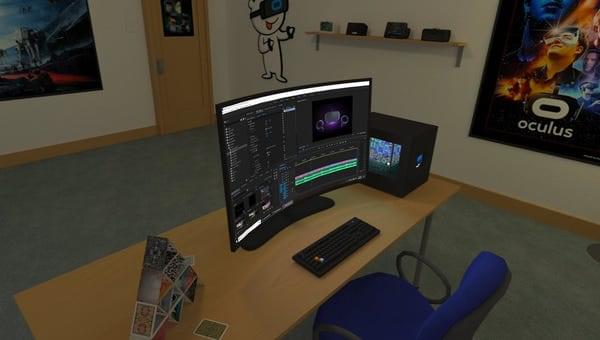
Oculus Quests a re some of the best wireless VR headsets you can buy. But they can’t run high-end games like those found in the Steam Store. You can connect to a PC with a cable, but that’s inconvenient. Wirelessly streaming VR games required jumping through hoops with using developer mode and SideQuest. But with the $20 Virtual Desktop app, that’s not the case anymore.
Virtual Desktop always had the capability to wirelessly stream SteamVR games, in truth. You could install the streaming app on your PC and then your Oculus Quest VR headset, and as far as the app was concerned, you would have been good to go. But Oculus prevented the app from streaming VR games and limited it to just controlling your PC in a VR environment. It did so in the name of customer experience.
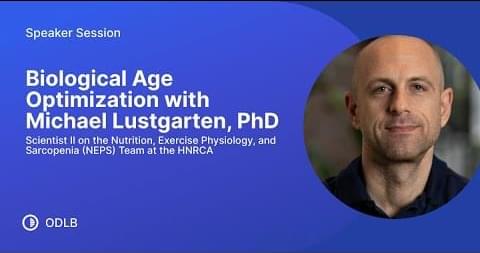
Join us on Patreon!
https://www.patreon.com/MichaelLustgartenPhD
To calculate biological age using Levine’s test, download the Excel file in this link from my website:
Quantifying Biological Age
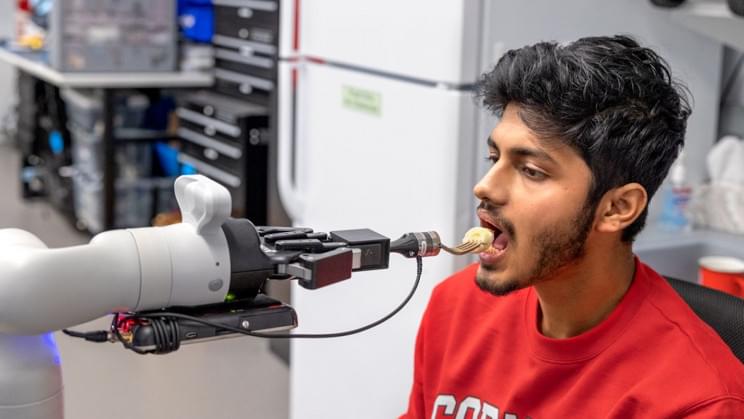
Robots could become crucial caregivers in the near future.
Robots could become crucial caregivers in the future, with new technologies constantly in development to help improve the quality of life for the globe’s aging population and for people with physical disabilities.
One example comes from Cornell University scientist Tapomayukh Bhattacharjee who is developing a robotic arm to help feed people with spinal injuries, a press statement explains.
A robot as an extension of the body Bhattacharjee, an assistant professor of computer science at Cornell, believes that robots have the potential to transform caregiving and that eating is one of the key areas where they could provide a helping robotic hand.
The roboticist was recently granted a four-year, $1.5 million grant from the National Science Foundation’s National Robotics Initiative to help him and his EmPRISE Lab develop caregiving robotics solutions for people with physical disabilities.
Full Story:
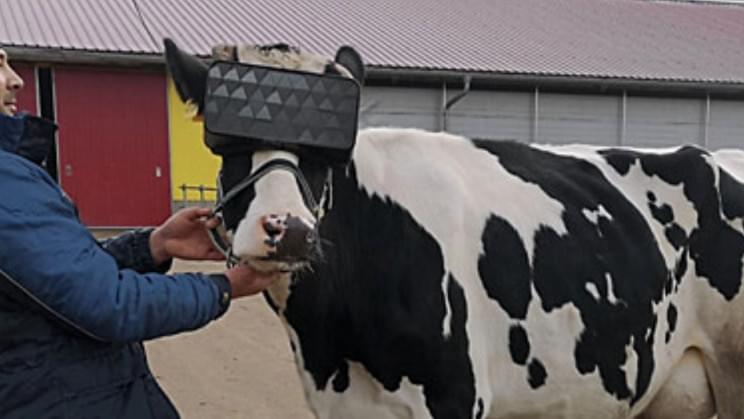
Enter the cow matrix.
Meta’s much-anticipated virtual reality project Metaverse is expected to be the beginning of a whole new era. And while we are excited for all the opportunities this new virtual world might offer us, not all uses of VR are meant for humans.
You might remember our previous coverage about Russian cows that are fitted with VR goggles. These VR headsets were claimed to help cows relax by offering them sun-filled views of green pastures so that the animals would be happier and produce more milk.
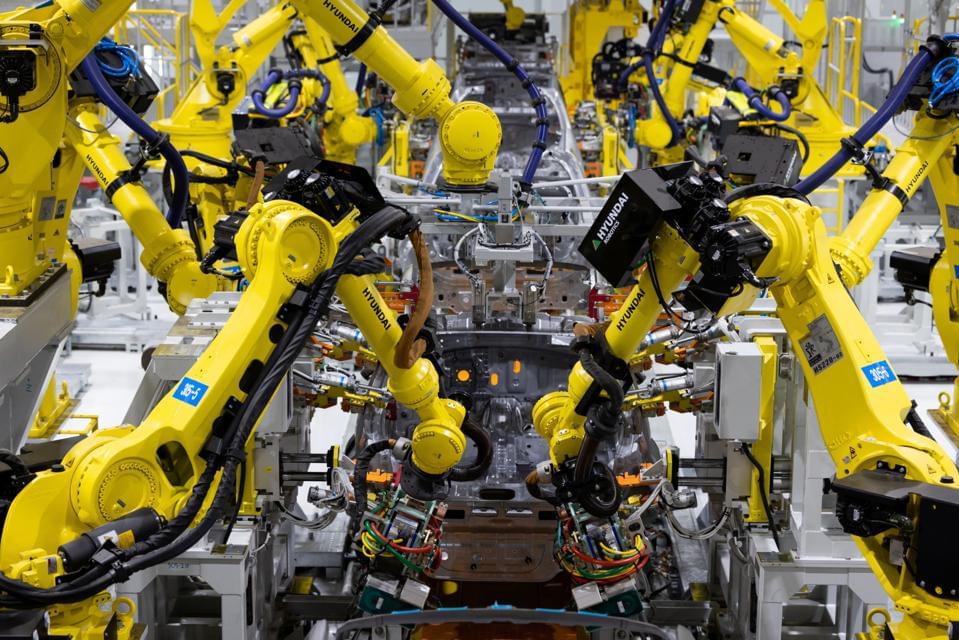
In 1987, at the beginning of the IT-driven technological revolution, the Nobel-Prize-winning economist Robert famously quipped that “you can see the computer age everywhere but in the productivity statistics.”
More than 30 years later, another technological revolution seems imminent. In what is called “the Fourth Industrial revolution,” attention is devoted to automation and robots. Many have argued that robots may significantly transform corporations, leading to massive worker displacement and a significant increase in firms’ capital intensity. Yet, despite these omnipresent predictions, it is hard to find robots not only in aggregate productivity statistics but also anywhere else.
While investment in robots has increased significantly in recent years, it remains a small share of total investment. The use of robots is almost zero in industries other than manufacturing, and even within manufacturing, robotization is very low for all but a few poster-child industries, such as automotive. For example, in the manufacturing sector, robots account for around 2.1% of total capital expenditures. For the economy as a whole, robots account for about 0.3% of total investment in equipment. Moreover, recent increases in sales of robotics are driven mostly by China and other developing nations as they play catch up in manufacturing, rather than by increasing robotization in developed countries. These low levels of robotization cast doubt on doomsday projections in which robots will cut demand for human employees.
But is it too early to assess the future of robots? Is it possible that robots are still in their infancy, and the current levels of adoption are not indicative of their future impact on the workplace? After all, Solow’s productivity paradox was ultimately resolved in subsequent decades, as investments in digital technologies paid off, transforming the world in the process.
Maybe, but maybe not. A decade after Solow’s observation, the economic impact of IT was evident. The same cannot be said about robotics.
Full Story:
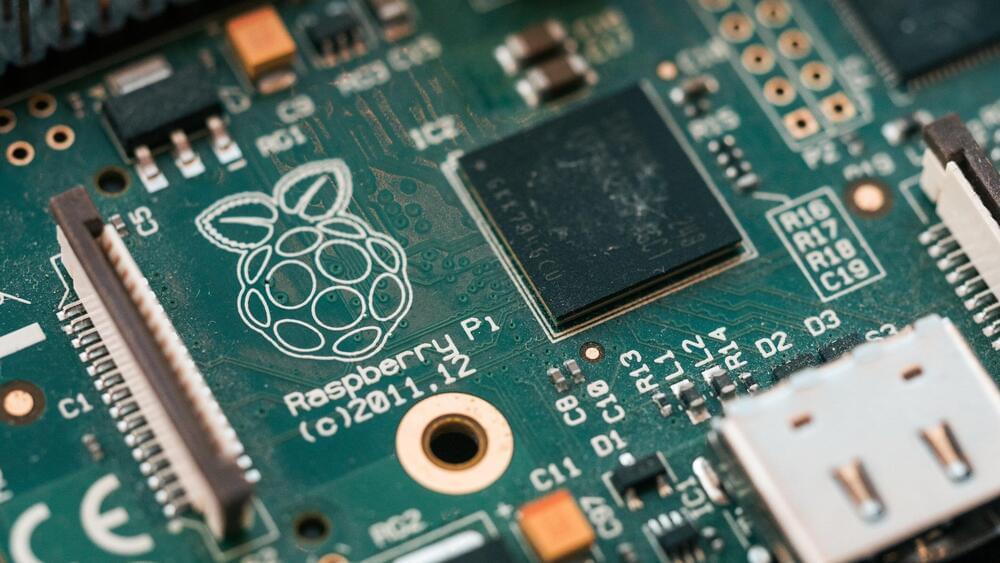
A team of researchers at the Institute of Computer Science and Random Systems has built a non-software-based virus detection system using a Raspberry Pi, an H-field probe and an oscilloscope to detect electromagnetic wave signatures of multiple types of viruses. The team presented its system and test results at last month’s ACM Machinery’s Annual Computer Security Applications Conference and published a paper describing their system on ACM’s Research Article page.
The idea behind the new system is that running software generates electromagnetic waves. And each piece of software generates its own unique wave patterns due to the way the software executes its code. The researchers took advantage of this knowledge and began using an H-field probe to capture wave patterns of known computer viruses running on various devices and viewed the results on an oscilloscope. They saw oscilloscope patterns that were unique to individual viruses as they were running. The researchers used that information to program a Raspberry Pi to identify data from the other two devices to recognize known virus wave patterns, using the system as a virus detector. To determine if a virus is running on a computer, IoT device or smartphone, a user places the H-field probe close enough to the device to read the electromagnetic waves that are generated. The Raspberry Pi then reports on whether it found any viruses, and if so, which ones.

A study published by researchers at the University of Illinois Chicago describes a new method for analyzing pyroptosis–the process of cell death that is usually caused by infections and results in excess inflammation in the body–and shows that process, long thought to be irreversible once initiated, can in fact be halted and controlled.
The discovery, which is reported in Nature Communications, means that scientists have a new way to study diseases that are related to malfunctioning cell death processes, like some cancers, and infections that can be complicated by out-of-control inflammation caused by the process. These infections include sepsis, for example, and acute respiratory distress syndrome, which is among the major complications of COVID-19 illness.
Pyroptosis is a series of biochemical reactions that uses gasdermin, a protein, to open large pores in the cell membrane and destabilize the cell. To understand more about this process, the UIC researchers designed an “optogenetic” gasdermin by genetically engineering the protein to respond to light.
“The cell death process plays an important role in the body, in both healthy states and unhealthy ones, but studying pyroptosis–which is a major type of cell death–has been challenging,” said Gary Mo, UIC assistant professor in the department of pharmacology and regenerative medicine and the department of biomedical engineering at the College of Medicine.
Mo said that methods to examine the pyroptosis mechanisms at play in live cells are difficult to control because they are initiated by unpredictable pathogens, which in turn have disparate effects in different cells and people.
“Our optogenetic gasdermin allowed us to skip over the unpredictable pathogen behavior and the variable cellular response because it mimics at the molecular level what happens in the cell once pyroptosis is initiated,” Mo said.
The researchers applied this tool and used florescent imaging technology to precisely activate gasdermin in cell experiments and observe the pores under various circumstances. They discovered that certain conditions, like specific concentrations of calcium ions, for example, triggered the pores to close within only tens of seconds.
This automatic response to external circumstances provides evidence that pyroptosis dynamically self-regulates.
“This showed us that this form of cell death is not a one-way ticket. The process is actually programmed with a cancel button, an off-switch,” Mo said. “Understanding how to control this process unlocks new avenues for drug discovery, and now we can find drugs that work for both sides–it allows us to think about tuning, either boosting or limiting, this type of cell death in diseases, where we could previously only remove this important process.”
Co-authors of the Nature Communications paper, “Gasdermin D Pores Are Dynamically Regulated by Local Phosphoinositide Circuitry,” are Ana Santa Cruz Garcia, Kevin Schnur and Asrar Malik, all of UIC.

The MagRail technology makes use of existing tracks to allow use of both magnetic and traditional trains; can later be upgraded for Hyperloop. Expo 2020: Nevomo’s tech upgrades existing railway tracks for high-speed supertrains. Dubai, Expo 2020, Expo 2020 dubai, hyperloop, Nevomo, Railways, Virgin. Business.
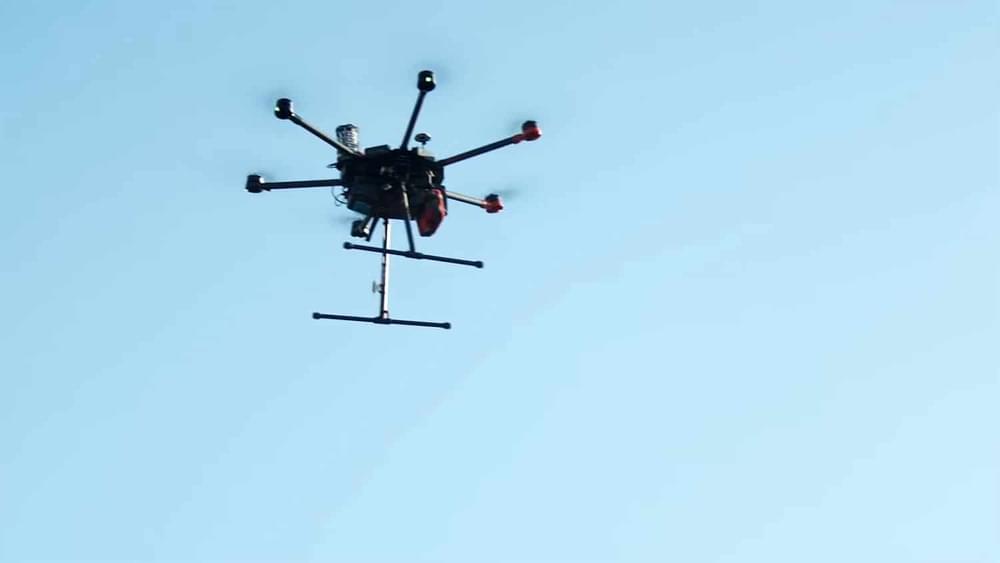
This is a truly revolutionary technology that needs to be implemented all over.